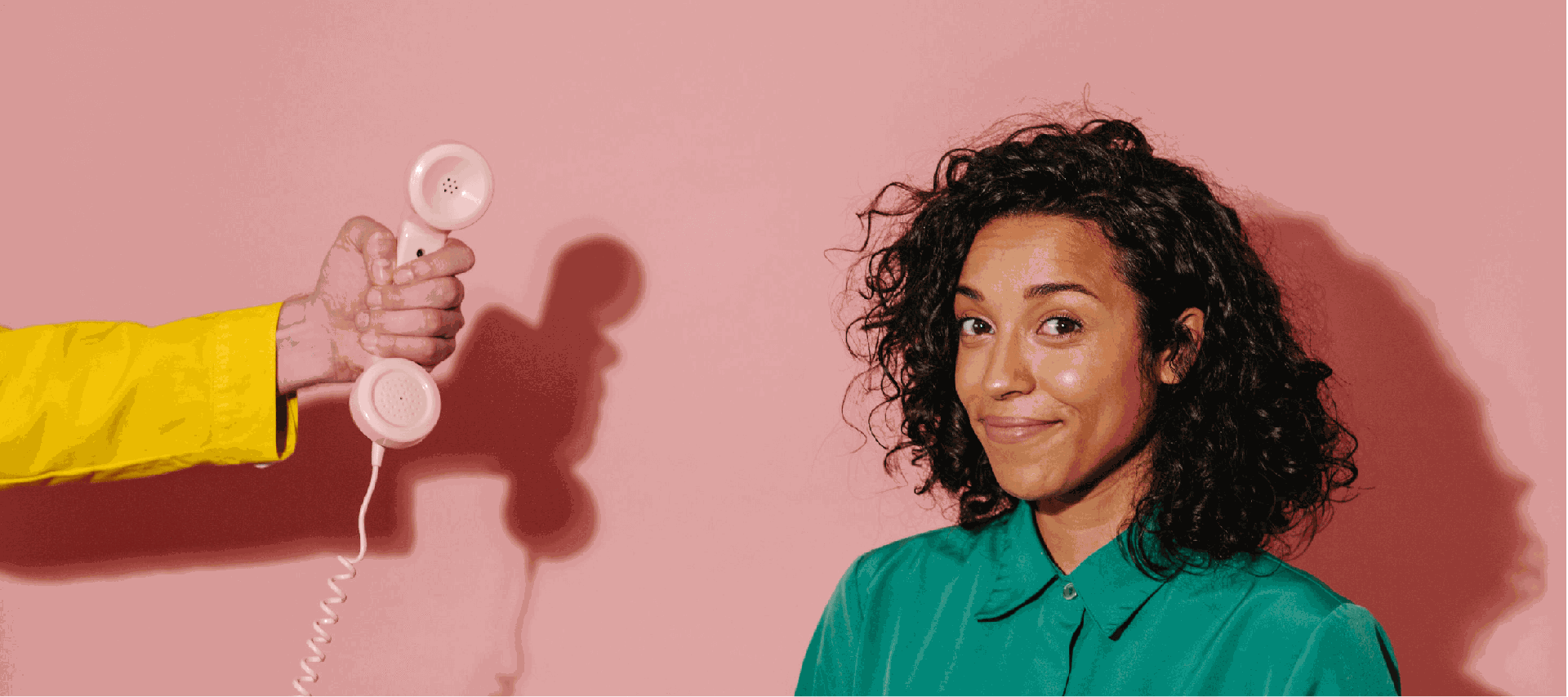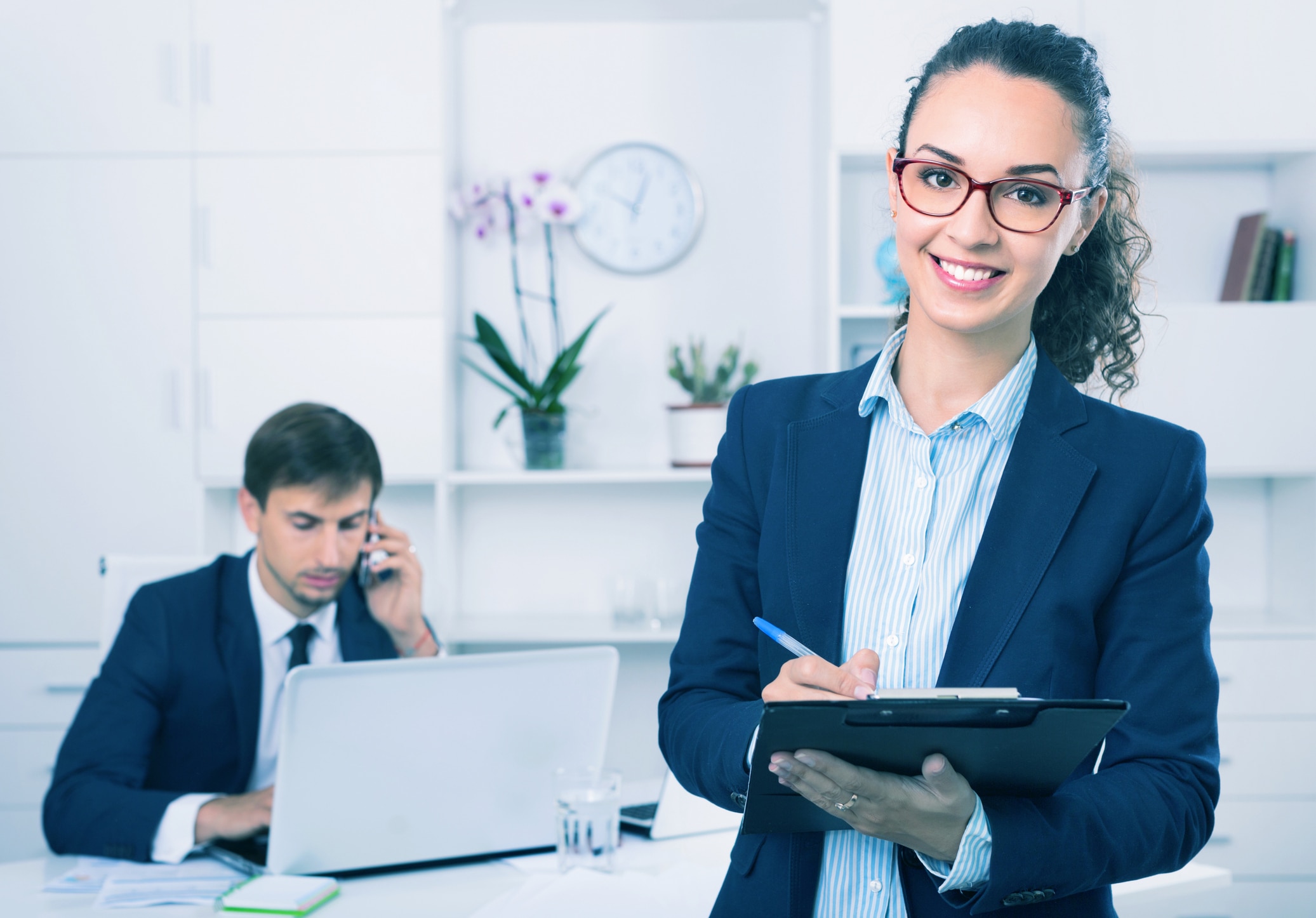All Categories
Featured
Table of Contents
- – What Is The Best What Is An Answering Service? ...
- – Best Can The Complete Guide To Phone Answering...
- – What Is The Best Telephone Answering Service: ...
- – What Is The Best 10 Signs Your Business Needs...
- – Who Is The Best Phone Answering Services - Ru...
- – What Is The Best What Is An Answering Servic...
What Is The Best What Is An Answering Service? In The World Right Now
This gadget and its followers were designed by Sava Jacobson, an electrical engineer with a private consulting company. While early voice mail utilized magnetic tape innovation, the majority of modern devices utilizes strong state memory storage; some devices use a mix of both, with a solid-state circuit for the outbound message and a cassette for the inbound messages.
"toll saving" below) (call answering services). This is helpful if the owner is evaluating calls and does not wish to talk with all callers. In any case after going, the calling celebration ought to be notified about the call having actually been addressed (in many cases this starts the charging), either by some remark of the operator, or by some greeting message of the little bit, or addressed to non-human callers (e.
This holds specifically for the TADs with digitally kept greeting messages or for earlier makers (before the rise of microcassettes) with an unique endless loop tape, different from a 2nd cassette, devoted to recording. There have been answer-only gadgets without any recording abilities, where the greeting message had to notify callers of a state of existing unattainability, or e (local phone answering service).
Best Can The Complete Guide To Phone Answering Services

about availability hours. In taping Little bits the greeting usually consists of an invitation to leave a message "after the beep". An answering machine that utilizes a microcassette to record messages On a dual-cassette answerphone, there is an outbound cassette, which after the defined variety of rings plays a pre-recorded message to the caller.

Single-cassette voice mail contain the outgoing message at the start of the tape and incoming messages on the remaining space. They first play the announcement, then fast-forward to the next readily available area for recording, then tape-record the caller's message. If there are many previous messages, fast-forwarding through them can cause a substantial delay.
This beep is frequently described in the greeting message, requesting that the caller leave a message "after the beep". Little bits with digital storage for the tape-recorded messages do disappoint this delay, naturally. A little might use a push-button control center, where the answerphone owner can sound the home number and, by going into a code on the remote telephone's keypad, can listen to tape-recorded messages, or delete them, even when far from home.
What Is The Best Telephone Answering Service: What It Is And Why It Isn't Enough On The Market Right Now

Thereby the maker increases the number of rings after which it addresses the call (generally by two, resulting in four rings), if no unread messages are presently stored, but answers after the set number of rings (typically two) if there are unread messages. This enables the owner to find out whether there are messages waiting; if there are none, the owner can hang up the phone on the, e.
Some devices also enable themselves to be from another location activated, if they have been switched off, by calling and letting the phone ring a specific big number of times (generally 10-15). Some company desert calls already after a smaller number of rings, making remote activation difficult. In the early days of Little bits an unique transmitter for DTMF tones (dual-tone multi-frequency signalling) was regionally required for remote control, since the formerly employed pulse dialling is not apt to convey proper signalling along an active connection, and the dual-tone multi-frequency signalling was carried out stepwise.
Any incoming call is not recognizable with respect to these homes in advance of going "off hook" by the terminal devices. So after going off hook the calls need to be changed to appropriate gadgets and just the voice-type is instantly available to a human, however perhaps, nonetheless ought to be routed to a LITTLE BIT (e.
What Is The Best 10 Signs Your Business Needs A Telephone Answering Service To Get Right Now
What if I informed you that you do not need to actually get your gadget when answering a customer call? Somebody else will. So hassle-free, best? Answering telephone call does not require someone to be on the other end of the line. Effective automated phone systems can do the technique simply as efficiently as a live representative and often even much better.
An automated answering service or interactive voice reaction system is a phone system that interacts with callers without a live individual on the line - virtual telephone answering. When business use this technology, customers can get the answer to a question about your organization simply by utilizing interactions set up on a pre-programmed call circulation.
Although live operators update the client service experience, lots of calls do not need human interaction. A basic recorded message or directions on how a consumer can obtain a piece of information normally fixes a caller's immediate need - answering service. Automated answering services are a simple and efficient way to direct inbound calls to the ideal individual.
Who Is The Best Phone Answering Services - Ruby Receptionist Services Provider In My Area
Notification that when you call a company, either for assistance or item questions, the very first thing you will hear is a pre-recorded voice greeting and a series of options like press 1 for consumer service, press 2 for inquiries, and so on. The pre-recorded options branch off to other options depending on the client's selection.
The phone tree system helps direct callers to the ideal individual or department using the keypad on a cellphone. In some circumstances, callers can utilize their voices. It's worth noting that auto-attendant options aren't limited to the ten numbers on a phone's keypad. As soon as the caller has selected their very first choice, you can create a multi-level auto-attendant that uses sub-menus to direct the caller to the best type of assistance.
The caller does not have to communicate with an individual if the auto-attendant phone system can handle their issue. The automated service can route callers to a worker if they reach a "dead end" and need support from a live representative. It is costly to work with an operator or executive assistant.
What Is The Best What Is An Answering Service For The Money
Automated answering services, on the other hand, are considerably less pricey and provide significant cost savings at an average of $200-$420/month. Even if you don't have actually dedicated staff to handle call routing and management, an automated answering service enhances efficiency by enabling your team to concentrate on their strengths so they can more effectively spend their time on the phone.
A sales lead routed to customer care is a lost shot. If a client who has item concerns reaches the incorrect department or gets insufficient answers from well-meaning employees who are less trained to handle a specific type of concern, it can be a reason for aggravation and frustration. An automated answering system can decrease the number of misrouted calls, thereby assisting your workers make better use of their phone time while releasing up time in their calendar for other jobs.
With Automated Answering Systems, you can develop a personalized experience for both your staff and your callers. Make a recording of your main greeting, and simply upgrade it regularly to reflect what is going on in your company. You can produce as lots of departments or menu choices as you desire.
Table of Contents
- – What Is The Best What Is An Answering Service? ...
- – Best Can The Complete Guide To Phone Answering...
- – What Is The Best Telephone Answering Service: ...
- – What Is The Best 10 Signs Your Business Needs...
- – Who Is The Best Phone Answering Services - Ru...
- – What Is The Best What Is An Answering Servic...
Latest Posts
Renowned Receptionist Service – Melbourne
Premium Call Management Service Near Me
Comprehensive Live Answering Service Near Me
More
Latest Posts
Renowned Receptionist Service – Melbourne
Premium Call Management Service Near Me
Comprehensive Live Answering Service Near Me